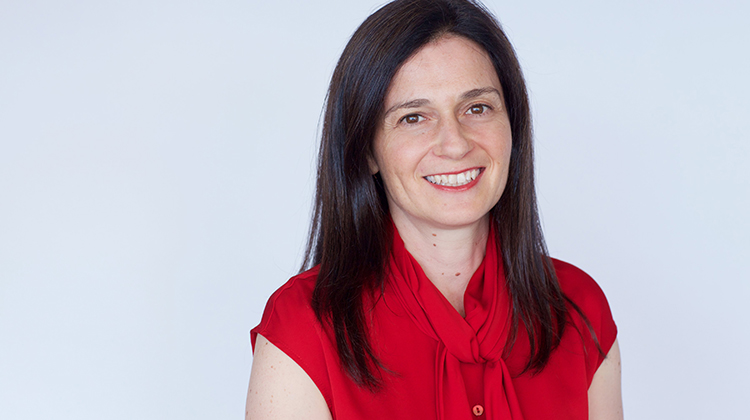Step-by-step guide for teachers in managing a child’s anxiety and worry during COVID-19

Over the past few months our community has witnessed an explosion of worries and anxiety triggered by uncertainty. In phase two, we grapple with worries around loss of income, school closures and health concerns. Last week’s UNICEF Australia report showed that these loom large for Australian students.
Many teachers will have personally experienced anxiety. Anxiety and worry arise when we face intimidating challenges. Mental health awareness days have increased sensitivity to all mental health difficulties, especially anxiety. Yet schools have been trapped by parental anxiety and lack a clear overarching approach to contain it.
What steps can teachers take?
Step One: Try to decipher the reaction that the student’s anxiety has elicited in you. When a student tells you they are anxious, do you have a belief about whose role it is to remove it? How much do you want to help in the moment? Are you worried about an anxious parent contacting you later that day? Is your response influenced by a previous personal experience of anxiety?
Step Two: Separate anxiety from worry. When you see anxiety in the classroom, try to do less. The word 'Anxiety' is frequently used and has a powerful effect on teachers. It elicits empathy. You may be tempted to provide students with reassurance and allow them to escape the feared task. Providing reassurance makes students rely on you further. This makes the cycle of anxiety worse. When you try to help or say something reassuring, you take away the student’s ownership of the anxiety and the opportunity for them to work out how to manage it. You can give them a kind smile and implement a plan that has been devised outside of class. A student who is derailed by anxiety will need to practice anxiety management skills and implement them unobtrusively during class.
Step Three: Separate anxiety from 'Worry'. Worry is strangely tempting. We can imagine each worry that starts as a small ‘What if’ Berry. Imagine parched students dragging their feet across a desert (anxiety is not pleasant after all), they see a ‘what if’ bush – they pick up their pace, they eat the ‘What if’ berries. Each berry makes them thirsty, they eat more. In class, resist the temptation to provide ‘reassurance’. When you uncover 'What if' Berries, you need to arm your students with the knowledge of how to sort through anxious and worrying thoughts and take on their own solutions (as we do with anxiety).
Step Four: Target fear of uncertainty. The way you respond to uncertainty affects your emotions and actions. Fear of uncertainty makes worry and anxiety worse. Programs that target fear of uncertainty and worry are brand new. We have a one hour online program for adults and programs for schools which contain all the support teachers need to help their students manage uncertainty and worry. This is a missing component of Wellbeing education. As one Wellbeing Lead Teacher commented “I’m personally appreciating the learning too”. Teachers and parents must be armed appropriately to support mental health. It is an ongoing issue for our community and will not disappear after COVID19. While we continue to face weeks and months of uncertainty, now is the perfect time. For more information please see www.covid19chilledandconsiderate.com
Dr Danielle Einstein is a leading expert in managing uncertainty. She is an Honorary Associate at the University of Sydney and an Adjunct Fellow at Macquarie University. She is passionate about changing community responses to Uncertainty to improve wellbeing.